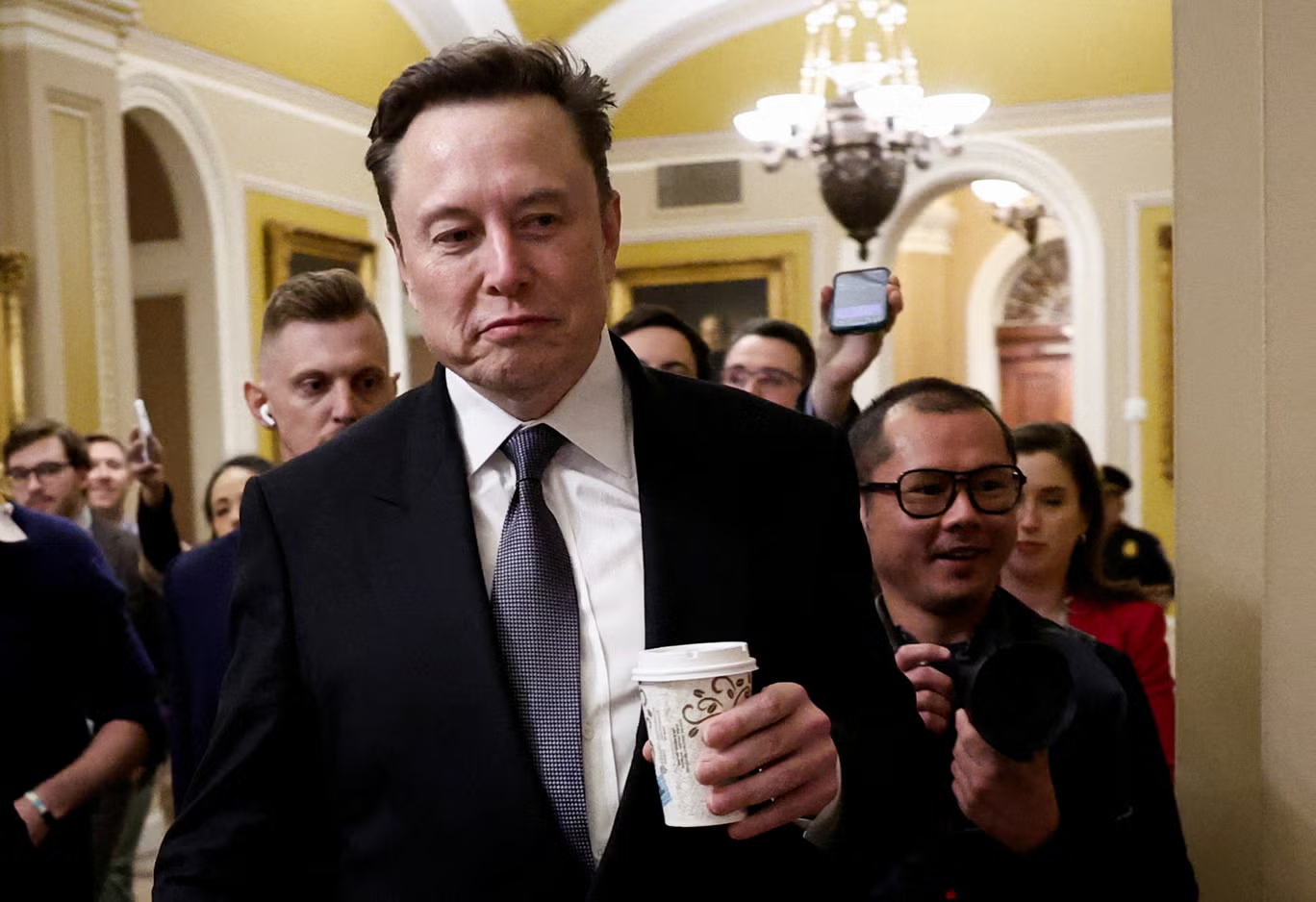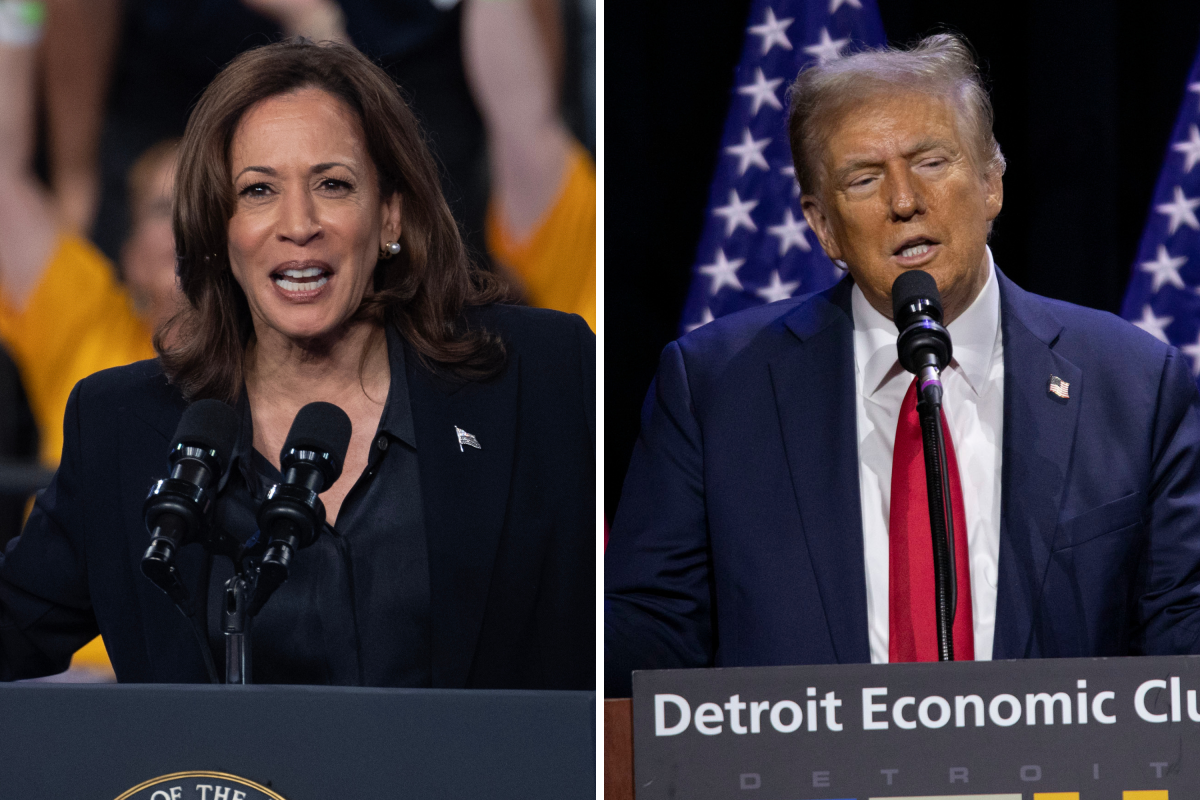October 2024 -Just weeks before the onset of the much-anticipated 2024 U.S. Presidential election, Vice President Kamala Harris has soared to the top position from a new national poll ahead of former President Donald Trump. The poll conducted by [Insert Polling Organization] has placed Harris well ahead of her opponent, Trump, in what would be a dramatic turnaround as both candidates intensify their campaign efforts on the final stretch of their political journey.
Poll Findings: Harris is in the Top
In the poll, Harris was up by 5 percentage points over Trump as 48% of likely voters supported her in comparison with Trump’s 43%. This constitutes a sharp swing from earlier polls when the race was considered to be neck and neck. The remaining percentage vote goes either into the undecided or third-party candidates.
According to the poll, Harris has bitten into crucial demographics: important for this election cycle, suburban voters, women, and young people are playing an important role. Thus, issues like reproductive rights, climate change, and healthcare propelled her seem to resonate with those constituencies, especially in the battleground states, where the election may be won and lost.
Main Reasons Why Harris’ Poll Is Rising
Among the factors that best explain her recent ascension are the Harris performances in the vice-presidential debates and her campaign messages on the most strident issues about the matters she has campaigned most for: the right to abortion and gun control. After Roe v. Wade was, through a recent legal stroke, over-turned, Harris presented herself as a militant defender of reproductive rights, which seems to have energized her base and attracted undecided voters, especially women.
Contrary to Trump, issues like the economy and immigration have been central to his campaign message as well as legal battles following his presidency. Analysts note that these would be turning away the moderate voters from stability and a focus on the future.
Role of the Battleground States
Harris’ polling surge could hardly have been more timely for a candidate campaigning at this stage, particularly in important battleground states such as Pennsylvania, Michigan and Wisconsin, whose electoral fates similarly decided the outcome both years.
The poll also shows Harris performing well in the suburbs, specifically in these states, where Trump won these voters in 2016 but lost in 2020. Suburban voters are frustrated with the divisiveness of the Trump rhetoric and many of the controversies associated with the legal strategies of his campaign. Harris’s emphasis on health care, education, and reproductive rights have clearly spoken to this specific voter base.
In the traditionally Republican-leaning states of Florida and Arizona, Harris has closed the gap considerably, the survey further reports, but the race remains very tight. The Harris campaign is only building on its outreach efforts in these states to flip them into Democratic territory on Election Day.
The Trump Campaign Response
The Trump campaign is confident ahead of the November election, despite a poll revealing some shift in polling numbers. A Trump spokesman characterized the impact of the poll results as a temporary blip in the data and said that internal information from the campaign shows Trump is still in a competitive position.
“Polls can change but what counts is the excitement on the ground. Our people are refreshed and ready to vote in record numbers,” reads a statement from the Trump campaign.
Trump himself has remained committed to holding outsize rallies across the country, focusing on an economic recovery theme and ripping on Harris and the Biden administration for his perception of “failed leadership.”
What’s Next for the Campaigns?
And with just a few weeks left before Election Day, both camps are now going into the final stretch. Harris has arranged a string of campaign stops in battleground states, including a major rally in Michigan next week, where she is likely to outline plans for her economic recovery and healthcare reforms.
Meanwhile, Trump is stepping up his game in battleground states, talking up his record on the economy and promising jobs coming back and inflation down.
The candidates will be busy targeting undecided voters ahead of Election Day, paying special attention to key demographic groups-suburban women, young voters, and minorities, who might just make or break what is expected to be a narrow race.
IMAGE SOURCE











